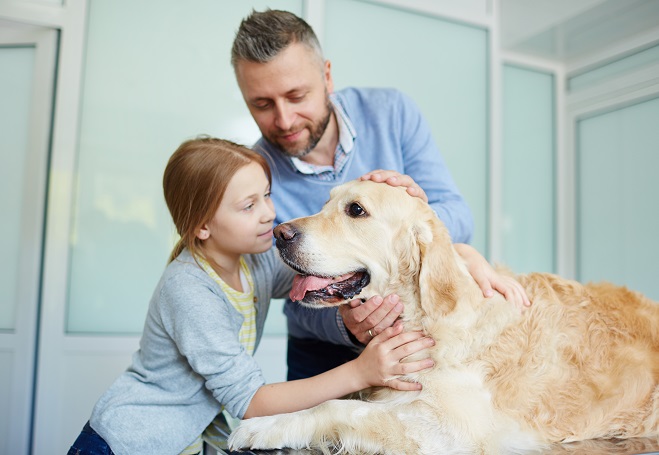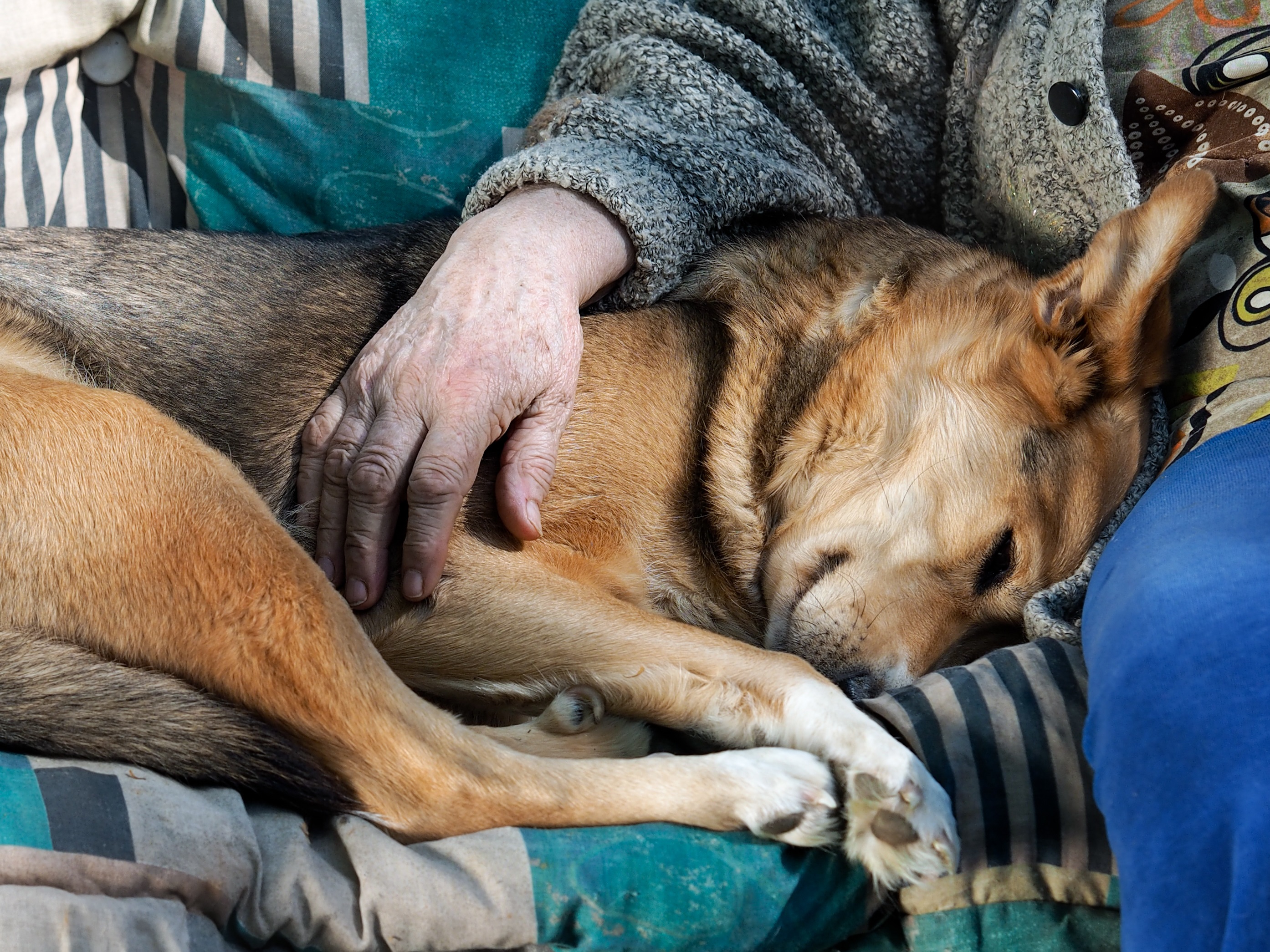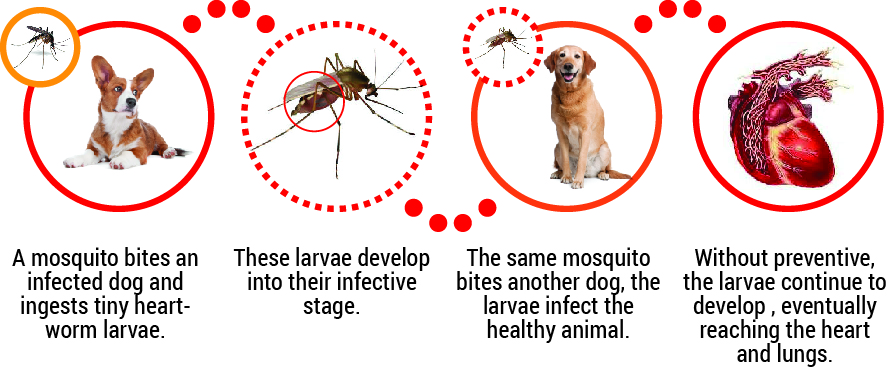
Thanksgiving is such a special holiday. Family comes into town, we cook, we laugh, we eat, we drink and then we slug around and complain about everything we’ve consumed. It’s a day to be thankful, for sure, for all the wonderful things life brings us, like our furry companions. It’s so nice to have them around to celebrate with us, but what a lot of people don’t realize is that we should be careful about sharing this holiday with our pets- especially everyone’s favorite part, the food. We’ve come up with a quick list of 5 Thanksgiving foods you should keep away from your pets to keep them safe this year:
- Stuffing
Although stuffing itself is not necessarily toxic to pets, a lot of its ingredients are. Common ingredients like onions and garlic can cause anemia in pets and be extremely health- threatening. - Turkey Bones
Cooked bones can be very dangerous for pets to consume. Not only can they splinter and cause severe internal damage to your pet’s digestive system, but they can also cause an obstruction or even puncture your pet’s stomach. Please keep these away from your pets. - Ham
If you didn’t know this, a lot of pork products can cause upset stomach, vomiting, and diarrhea for your pets. Additionally, ham is very caloric, so if you’re struggling to keep your pet’s weight at bay, ham should be an automatic no go. - Nuts
Please keep all nuts away from your pets. They’re commonly added to many Thanksgiving dishes and can very easily end up consumed by your dog. We recommend you try and avoid this at all costs. Macadamia nuts, specifically, are the most dangerous, causing potential vomiting, seizures and neurological problems. Nuts generally have a high fat content and can cause pancreatic issues, so we strongly recommend you keep your pets away from them if you can help it. - Desserts- especially chocolate ones
We all know that chocolate is toxic to dogs and cats. Unfortunately, dogs love the smell of chocolate. With the common dessert spread on Thanksgiving, your dog may be tempted to steal some. Make sure to keep an eye on your dog if there is chocolate around.
Happy Thanksgiving to you and your pets!








)
